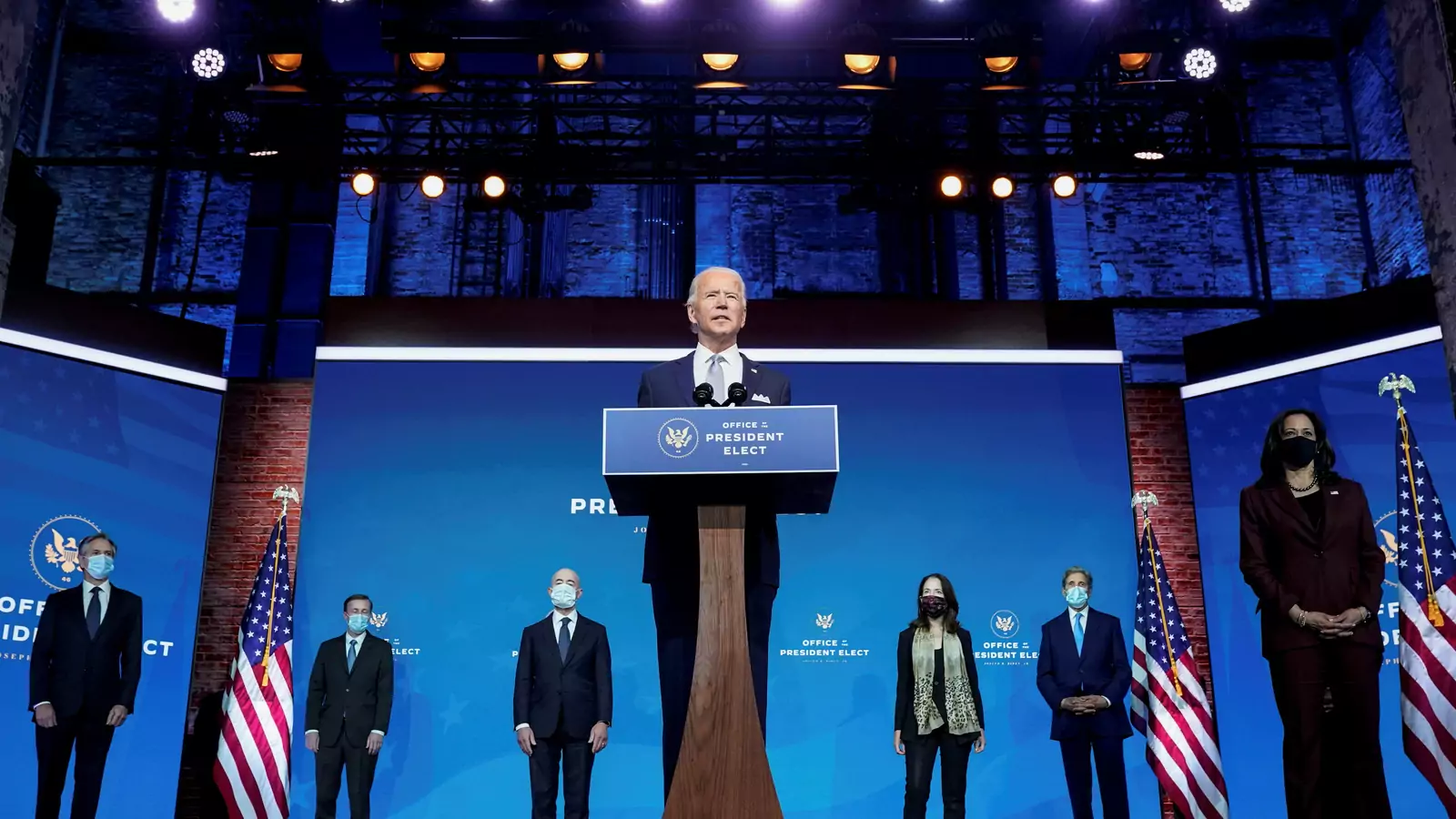by David P. Fidler

In cyber policy, the SolarWinds and Microsoft hacks have dominated the first weeks of President Joseph Biden’s administration. Even so, the administration has outlined its cyber strategy in speeches by President Biden and Secretary of State Antony Blinken and in the president's Interim Strategic National Security Guidance [PDF]. The speeches and guidance never use "internet freedom," a departure from the prominence this idea long had in U.S. cyber policy. Instead, the strategy is anchored in the ideological, geopolitical, technological, and diplomatic pillars of President Biden's overarching vision for U.S. foreign policy and national security.
A striking feature of President Biden’s thinking is the need to renew democracy. In statements unthinkable less than a decade ago, the interim guidance asserted that democracies are “under siege” and “authoritarianism is on the global march,” and Secretary Blinken warned of the erosion and fragility of democracy. Cyber threats to democracy include election interference, disinformation, cyberattacks, and digital authoritarianism. The litany of anti-democratic cyber activities indicates that the United States should rethink democracy’s relationship with cyberspace as part of the democracy renewal project.
In the past, expanding global access to an open internet characterized how the United States connected democracy and cyberspace. With American democracy under threat, the United States needs to counter anti-democratic exploitation of cyber technologies by domestic and foreign actors. The United States faces the challenge of rolling back the spread of digital authoritarianism. Neither President Biden nor Secretary Blinken provided specific plans on how to achieve these objectives. But the president will hold a Summit of Democracy to address, among other issues, cyberspace challenges that democracies confront.
Defend against and deter cyber threats
The speeches by the president and the secretary of state and the interim guidance emphasize that the distribution of power in the world has changed, creating geopolitical threats to the United States from China and Russia. The United States has experienced Chinese and Russian cyber operations for years, but the change in the distribution of power makes cybersecurity threats from China and Russia more serious problems. In response, the Biden administration plans to improve cyber defenses, deter hostile cyber operations by imposing costs on adversaries, and use diplomacy to strengthen cooperation and norms on cybersecurity.
U.S. cybersecurity policy has long stressed the need for better cyber defense, deterrence, and norms. Even so, Chinese and Russian cyber threats have become more geopolitically consequential over time, indicating that U.S. cybersecurity policy failed to keep pace with the change in the international distribution of power. For the Biden administration, this failure underscores the scale of the cyber defense challenge, the risk of escalation in cyber deterrence actions, and the difficulty of developing cyber norms amidst geopolitical competition.
Prevail in the technological revolution
The speeches and the interim guidance highlight the need for the United States to prevail in intensifying competition over technology. The interim guidance argues that a “revolution in technology” is underway, with “the world’s leading powers . . . racing to develop and deploy emerging technologies, such as artificial intelligence and quantum computing.” This revolution’s political, economic, and strategic implications mean, according to Secretary Blinken, that the United States will ensure “our leadership in technology” to reap the benefits of new technologies, secure supply chains, and ensure that technology governance reflects the interests of democracies.
U.S. leaders typically seek technological leadership in national security and foreign policy, but rarely have efforts to secure it confronted the challenges facing the Biden administration. U.S. leadership on the internet and digital technologies has collapsed in the failures to handle cyber threats to democracy, the rise of digital authoritarianism, and the cybersecurity problems associated with the change in the international distribution of power. China’s drive for technological independence and global influence creates additional geopolitical and ideological questions about what U.S. technology leadership in a divided world will mean.
Transform international cyber cooperation
President Biden’s desire to reinvigorate U.S. diplomacy, lead within international organizations, and strengthen alliances also features in his cyber strategy. The interim guidance states that the United States should “modernize the architecture of international cooperation for the challenges of this century,” including cyber threats and digital authoritarianism. What this modernization project portends for cyber issues is not clear, especially when geopolitical, ideological, and technological competition now characterize the world. The administration is at least signaling that “America is back” does not mean business-as-usual for cyber diplomacy.
In his interim guidance, President Biden observed that the world is in the midst of a fundamental debate about its future direction. The need to have such a debate about America’s and democracy’s place in the world and in cyberspace is sobering, but the president is charting a new course for U.S. cyber strategy. His administration now turns to implementing the strategy in a world no longer in awe of the United States.
No comments:
Post a Comment